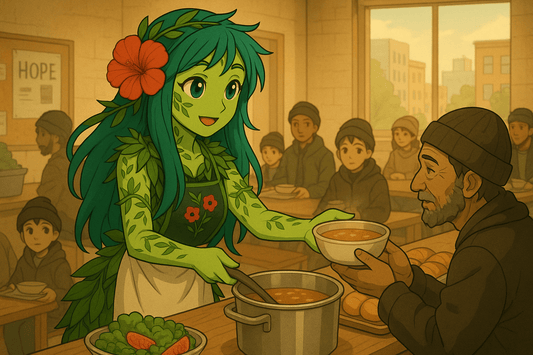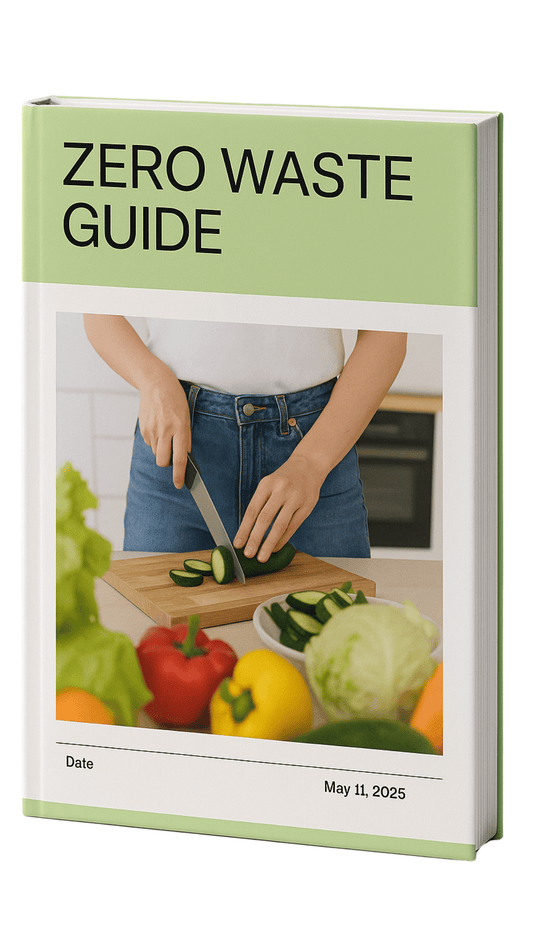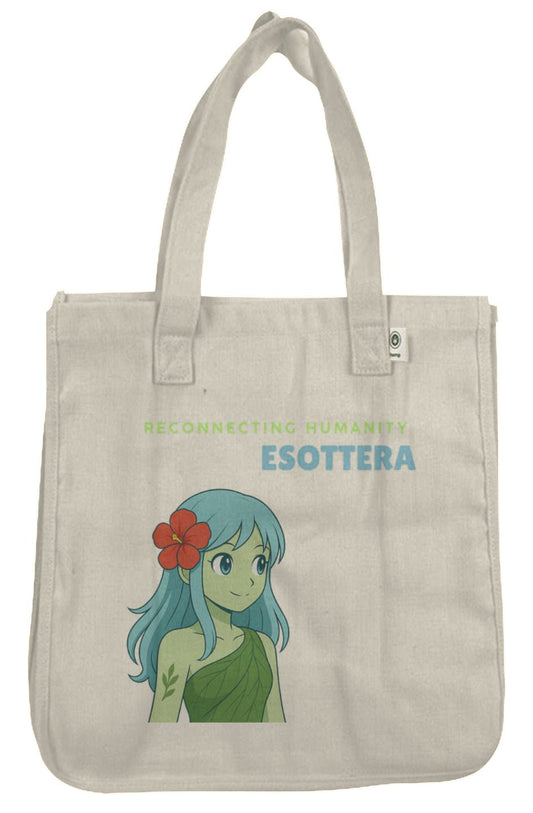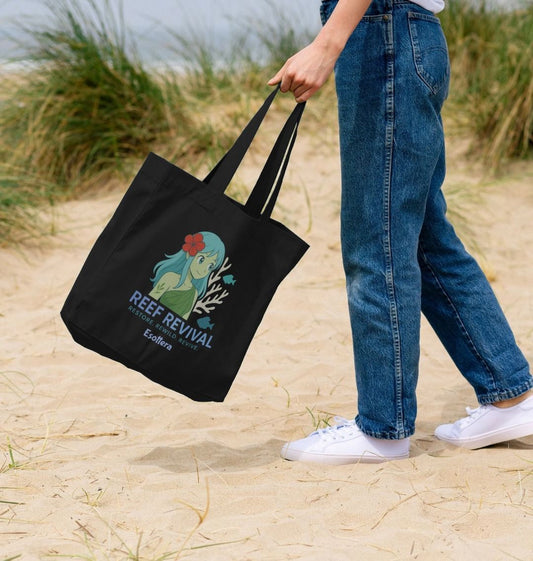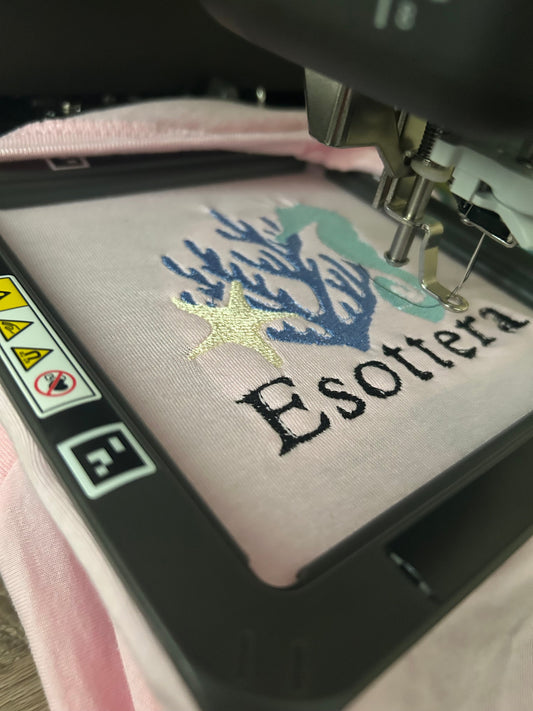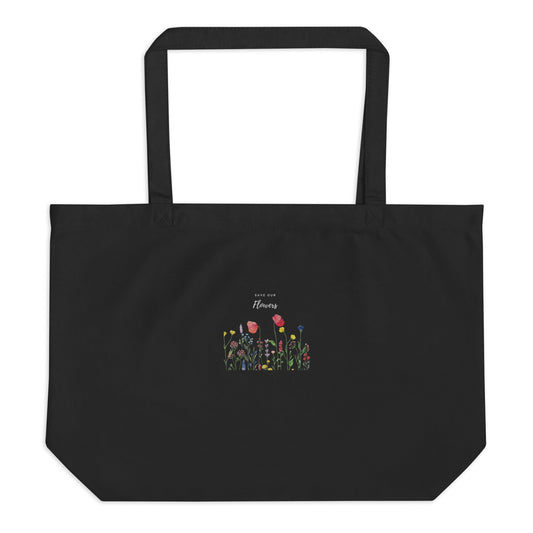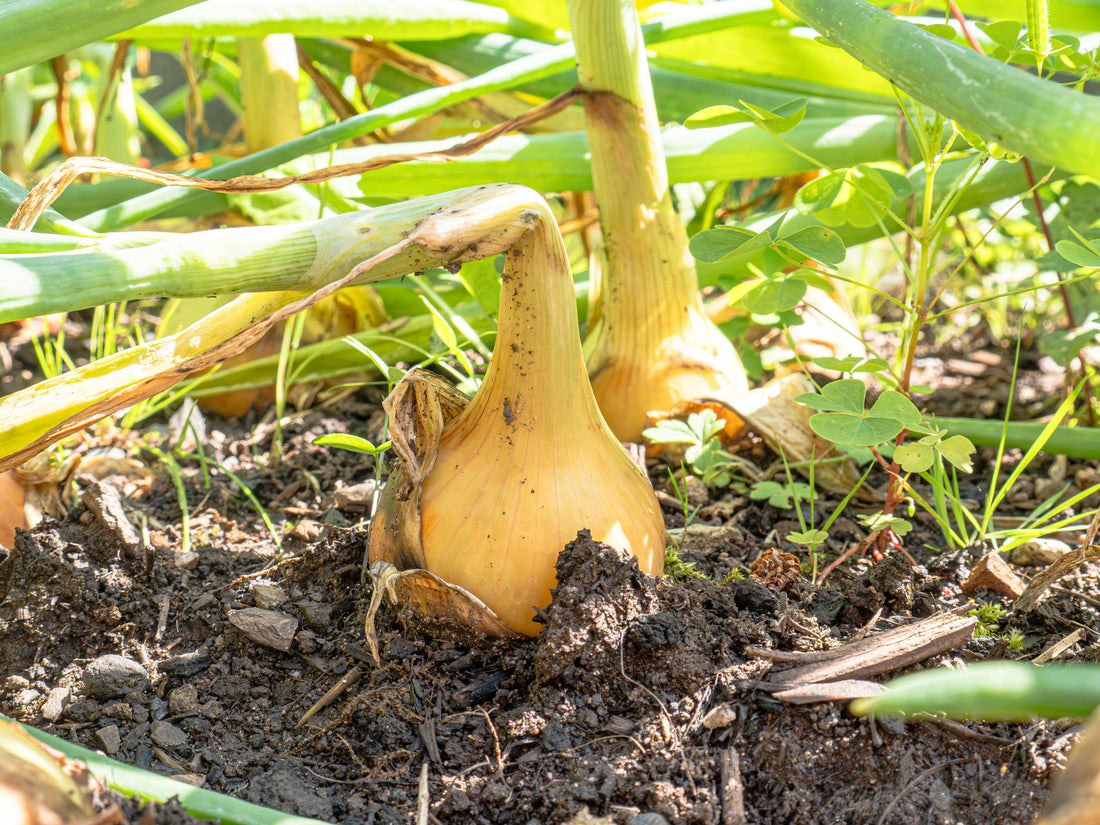
🌾 Regenerative Agriculture 101
For Earth-Healers, Gardeners, and Everyday Soil Protectors
🔍 What is Regenerative Agriculture?
Regenerative agriculture is a way of growing food that heals the Earth instead of harming it. It goes beyond “organic” or “sustainable” by focusing on regenerating soil, supporting life, and drawing carbon out of the atmosphere. It mimics nature — no chemicals, no monoculture, no extractive mindset.
“Regeneration means giving more back to the Earth than you take.”
— Robin Wall Kimmerer, Braiding Sweetgrass
🌱 Why It Matters Now
- 🌍 Soil crisis: We’ve lost over one-third of the Earth’s topsoil. Without soil, there’s no food.
- 🔥 Climate crisis: Soil can capture more carbon than all the world’s trees if treated right.
- 💧 Water crisis: Healthy soil acts like a sponge, reducing floods and droughts.
- 🐝 Biodiversity loss: Regenerative farms are pollinator havens.
💡 Core Principles (That You Can Practice at Any Scale)
|
Principle |
What It Means |
How to Do It |
|
Soil First |
Soil is alive and sacred. |
Don't till. Mulch. Feed with compost and worm castings. |
|
Diversity Wins |
Plant families thrive together. |
Companion planting. Avoid monocrops. |
|
Keep Roots In |
Bare soil is dying soil. |
Use cover crops. Plant perennials. |
|
Recycle Life |
Nothing in nature is wasted. |
Compost scraps, use green manure's or plant-based fertilizers. |
|
Let Nature Lead |
Observe, don't dominate. |
Adapt based on seasonal rhythms. |
🧑🌾 How Beginners Can Practice Regenerative Agriculture
1. 🌿 Start a No-Dig Garden
- Use cardboard as a weed barrier.
- Layer compost, mulch, and soil on top.
- Don’t disturb it — let the worms and fungi do the work.
2. 🌾 Plant Cover Crops
- Why: They add nutrients, prevent erosion, and invite bees.
- Examples: Crimson clover, daikon radish, hairy vetch, buckwheat.
3. 🧪 Use Compost Instead of Chemicals
- Make compost from veggie scraps, leaves, and paper.*Note: you can also compost coffee grounds and tea leaves
- Add worm castings or compost tea to boost microbial life.
4. 🦋 Create a Pollinator Strio
- Plant native flowers to attract bees, butterflies, and beneficial bugs.
- Avoid pesticides. Use neem oil (Neem oil is our go to!) or companion plants (like marigolds).
5. 🐔 Rotate Animals (If You Have Them)
- Move chickens, goats, or rabbits often so they fertilize without overgrazing.
- Their manure builds soil faster than anything.
6. 💧 Catch and Store Rainwater
- Use barrels, gutters, or swales to store water.
- Mulch deeply to retain soil moisture and stop evaporation.
📖 Key Terms for Esottera’s Audience
- Mycorrhizae: fungi that act like the internet for plant roots.
- Carbon Sequestration: pulling CO₂ from the air and locking it into the soil.
- Polyculture: growing many species together like a natural forest.
- Soil Food Web: underground life — bacteria, fungi, worms, microbes — that keep soil alive.
- Compost: decomposed organic matter that feeds soil life.
🧠 Science Meets Ancestral Wisdom
Regenerative ag is modern science catching up to Indigenous knowledge:
- 🌕 Lunar planting: Planting by moon phases (seen in Andean and Hopi traditions).
- 🌾 Sacred seed saving: Keeping seeds as family heirlooms.
📚 Books & Resources to Recommendations
- Grow Your Soil! – Diane Miessler (Beginner-friendly)
- Kiss the Ground – Josh Tickell (Book + documentary)
- Braiding Sweetgrass – Robin Wall Kimmerer (Spiritual + scientific)- Highly Recommend! Purchase at Thriftbooks so we can help give books a second life!
- The Soil Will Save Us – Kristin Ohlson (Hopeful and evidence-based)
- Gaia’s Garden – Toby Hemenway (Urban permaculture manual)
📦 Esottera Product Tie-ins







